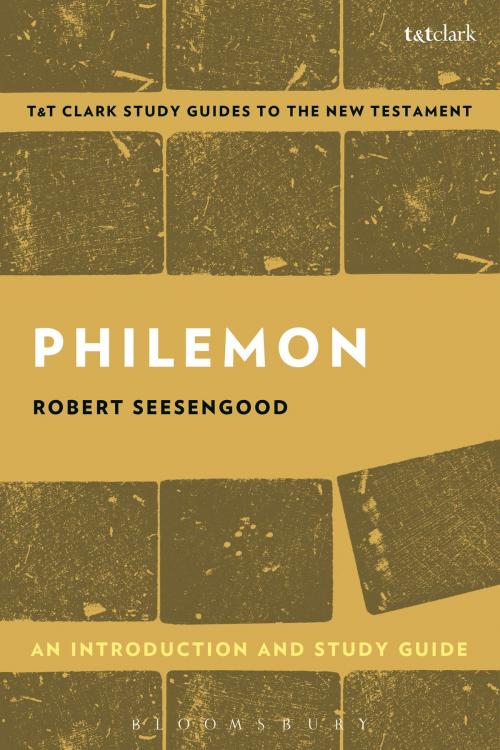Philemon: An Introduction and Study Guide
Imagination, Labor and Love
Nonfiction, Religion & Spirituality, Bible & Bible Studies, New Testament, Commentaries| Author: | Dr. Robert Seesengood | ISBN: | 9780567674975 |
| Publisher: | Bloomsbury Publishing | Publication: | August 10, 2017 |
| Imprint: | T&T Clark | Language: | English |
| Author: | Dr. Robert Seesengood |
| ISBN: | 9780567674975 |
| Publisher: | Bloomsbury Publishing |
| Publication: | August 10, 2017 |
| Imprint: | T&T Clark |
| Language: | English |
This guide explores and summarizes scholarship on Philemon, acquainting beginning students with what has been said about Philemon, and equipping them to understand the larger debates and conversations that surround it. It explores how different initial scholarly assumptions result in different interpretations and "meanings;" these meanings always have ethical implications. Reading Philemon challenges us to rethink the process of commentary and the communities interpretation creates.
Though only one chapter long, Paul's Letter to Philemon has generated a remarkable amount of commentary and scholarship over the centuries, figuring in debates over textual reconstruction, the formation of biblical canon, the culture of ancient Rome, Greek language and its translation, and the role of the Bible in Western politics and economics. The focus of this short letter is labor, love and captivity. Tradition since Chrysostom has argued the letter is an appeal to Philemon on behalf of a fugitive slave Onesimus, now a convert to Christianity. Yet this interpretation depends upon several assumptions and reconstructions. Other equally plausible contexts could be -- and have been -- argued.
This guide explores and summarizes scholarship on Philemon, acquainting beginning students with what has been said about Philemon, and equipping them to understand the larger debates and conversations that surround it. It explores how different initial scholarly assumptions result in different interpretations and "meanings;" these meanings always have ethical implications. Reading Philemon challenges us to rethink the process of commentary and the communities interpretation creates.
Though only one chapter long, Paul's Letter to Philemon has generated a remarkable amount of commentary and scholarship over the centuries, figuring in debates over textual reconstruction, the formation of biblical canon, the culture of ancient Rome, Greek language and its translation, and the role of the Bible in Western politics and economics. The focus of this short letter is labor, love and captivity. Tradition since Chrysostom has argued the letter is an appeal to Philemon on behalf of a fugitive slave Onesimus, now a convert to Christianity. Yet this interpretation depends upon several assumptions and reconstructions. Other equally plausible contexts could be -- and have been -- argued.















